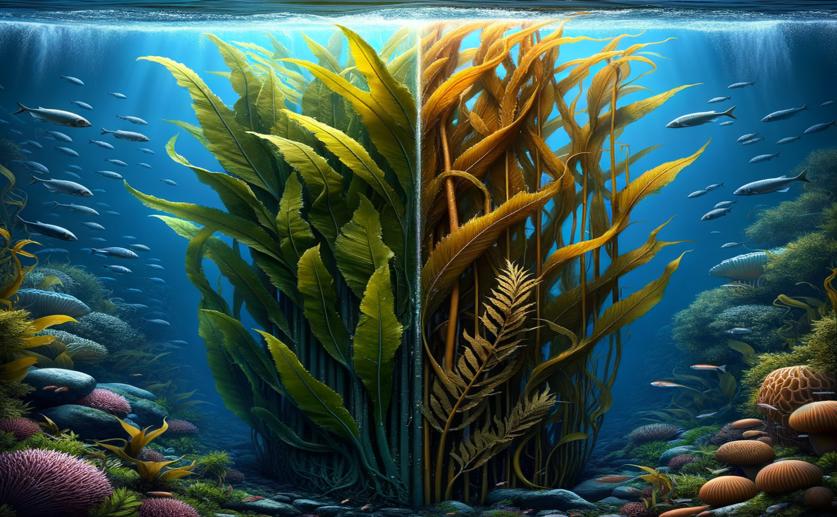
Boosting Seaweed Growth with a Two-Kelp Strategy
Jenn Hoskins
3rd July, 2024

Image Source: Natural Science News, 2024
Key Findings
- The study took place in Kodiak, Alaska, where researchers grew two kelp species together to optimize biomass yield
- Combining Saccharina latissima and Nereocystis luetkeana in a single farming system produced the highest total yields
- Despite having 45% fewer grow-lines, the yield of Nereocystis in the combined arrays was similar to that in the Nereocystis-only arrays
SustainabilityPlant ScienceMarine Biology
References
Main Study
1) Optimizing seaweed biomass production - a two kelp solution
Published 2nd July, 2024
https://doi.org/10.1007/s10811-024-03296-w
Related Studies
2) Life Cycle Assessment of a large commercial kelp farm in Shandong, China.
3) Skinny kelp (Saccharina angustissima) provides valuable genetics for the biomass improvement of farmed sugar kelp (Saccharina latissima).



 7th June, 2024 | Jenn Hoskins
7th June, 2024 | Jenn Hoskins